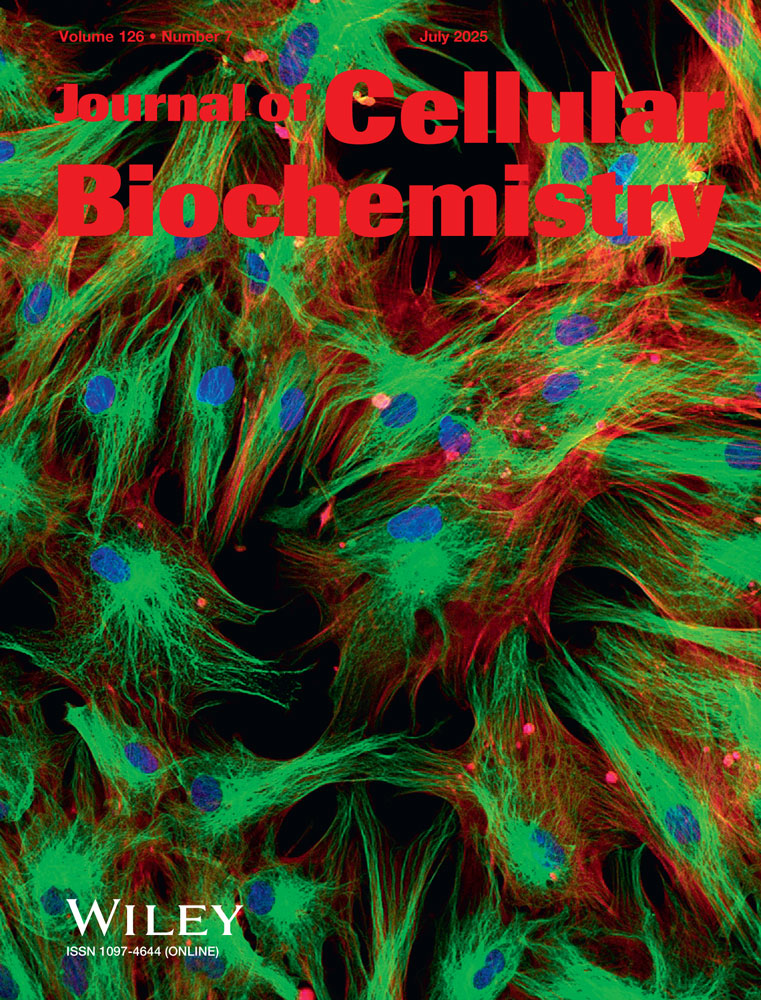Lectin affinity chromatography of cell surface proteins of novikoff tumor cells
Abstract
Novikoff hepatocellular carcinoma cells were radioiodinated by a cell surface-specific method using lactoperoxid ase/125I. The iodinated proteins were solubilized in 0.5% Nonidet P-40 and subjected to affinity chromatography on Sepharose-conjugated lectins (Ricinus communis agglutinins I or II, soybean agglutinin, concanavalin A, or wheat germ agglutinin) and analyzed by polyacrylamide gel electrophoresis in the presence of sodium dodecyl sulfate. Almost all the iodinated proteins bound to one or more of the Sepharose-conjugated lectins, presumptive evidence that these peptides are glycosylated. Lectin affinity chromatography resolved defined subsets of iodinated glycoproteins and suggested that certain glycoproteins could be fractionated on the basis of heterogeneity of their heterosaccharide moieties. Incubation of the iodinated cells with neuraminidase resulted in increased binding of iodinated proteins to Sepharose-conjugated Ricinus communis agglutinins I and II and soybean agglutinin and decreased binding to Sepharose-conjugated wheat germ agglutinin. Binding of iodinated proteins to concanavalin A was unaffected by neuraminidase treatment of the cells. These studies demonstrate the utility of lectins for the multicomponent analysis of plasma membrane proteins.




